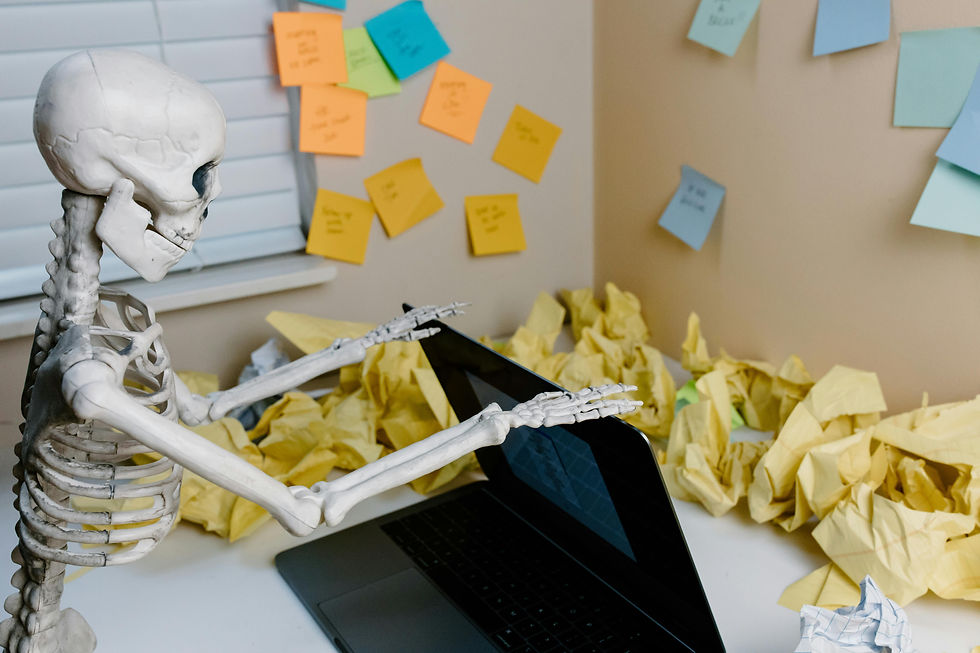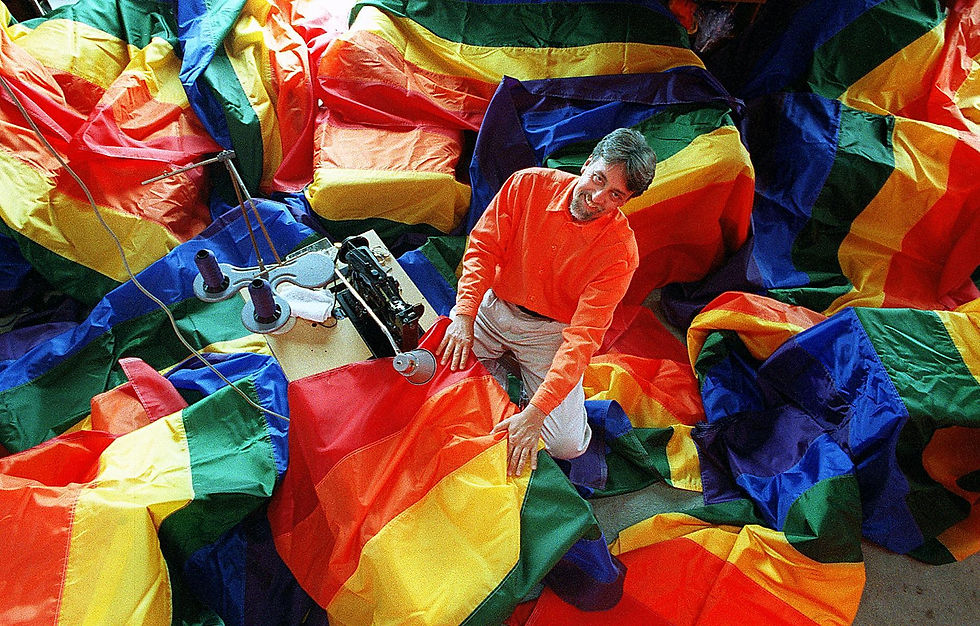Why Remote Work Burnout Is So Easy to Miss—and So Hard to Name
- Sonal Giani
- Apr 24
- 3 min read

It’s hard to tell when it started. Maybe it was the day you couldn’t bring yourself to open your laptop. Or when replying to one email felt like climbing a hill. Or maybe you’ve just been tired for weeks—and not the kind of tired that sleep can fix.
For many people working from home, burnout doesn’t look like a dramatic collapse. It creeps in—quietly, invisibly—wrapped in the illusion of comfort. You feel foggy, disconnected, slow. You start skipping tasks. You wonder if you’re just lazy. But when a whole day passes and you haven’t moved beyond your inbox—or even opened your laptop—that’s not laziness. That’s exhaustion taking another shape.
And yet, burnout among remote workers is still largely invisible. It’s often brushed off as poor time management or lack of motivation. But this isn’t about personal failure—it’s about a work culture that hasn’t adjusted to the emotional and mental toll of home-bound labor. The shift to remote work was supposed to offer flexibility, but for many, it brought a different kind of pressure: to always be available, always be responsive, always be visible—without the natural buffers of office life.
The guilt seeps in early. You lie down for ten minutes and instantly wonder if you’re slacking. You start your day late and feel like you’re already behind. You have an off day—nothing gets done—and instead of recognizing it as normal, you spiral into self-blame. The pressure to constantly prove your productivity—even to yourself—becomes relentless.
When your home becomes your office, the boundaries dissolve. You check Slack during dinner, answer emails before brushing your teeth, or feel bad stepping away even though you’ve been sitting at your desk for eight hours. One friend shared, “I used to shut my laptop at 6. Now, it’s always in sight, quietly reminding me I could be doing more.”
Add isolation to the mix, and it gets heavier. Remote work, especially when done alone, can strip away the small, human moments that ground us: a passing joke with a colleague, a shared lunch, a kind glance during a tough meeting. Without these, the workday can feel emotionally barren. One person told me, “Sometimes I realize I haven’t heard my own voice all day.”
For those from marginalized communities—LGBTQIA+ folks, caregivers, people of color—the weight is even more pronounced. Remote work doesn’t erase bias or microaggressions; it just repackages them in emails, team chats, and passive exclusion. And without in-person support or visibility, it becomes even harder to name the harm or seek relief.
The return-to-office conversation only complicates things further. As hybrid work becomes more common, remote workers are increasingly left out of the conversation. Their needs, struggles, and experiences risk becoming sidelined. This invisibility only deepens burnout, pushing people further into silence when they most need support.
This is where leadership must step in. Burnout is not an individual problem—it’s a cultural one. Companies need to stop romanticizing hustle and start building systems that prioritize mental health and humane pacing. That means normalizing rest, modeling boundaries, trusting flexibility, and offering support before someone breaks—not after.
Some simple but meaningful changes can go a long way: leaders sharing their own boundaries openly, teams agreeing on “no-meeting” hours, using performance metrics that focus on outcomes rather than online presence, and making mental health care easily accessible. But most importantly, remote workers need to be part of these decisions. If the future of work includes remote and hybrid models, then those living that reality must help shape the culture around it.
And yes, there are small things individuals can do too—things that have helped others: starting and ending the day with a walk to create mental separation, using a desk lamp as a visual “work is done” signal, keeping a “joy playlist” to transition out of work mode, or blocking out lunch breaks like meetings. Some stretch for two minutes between calls. Others meet biweekly with peers for unfiltered emotional check-ins.
But these are tools, not solutions. They help, but they don’t replace what needs to happen systemically. We need to stop treating burnout as a badge of honor or a personal hurdle. It’s a signal. A call to examine how we’re working—and who’s being left behind in the process.
If you’re burned out, it’s not because you’re broken. You’re not lazy, or weak, or dramatic. You’re a human trying to work in a system that hasn’t learned how to care yet.
If this resonates with you, you’re not alone. And if you’ve found something that’s helped—even a little—I hope you’ll share it. Not because it’s your job to fix burnout, but because your story might help someone else feel a little less alone.



Comments